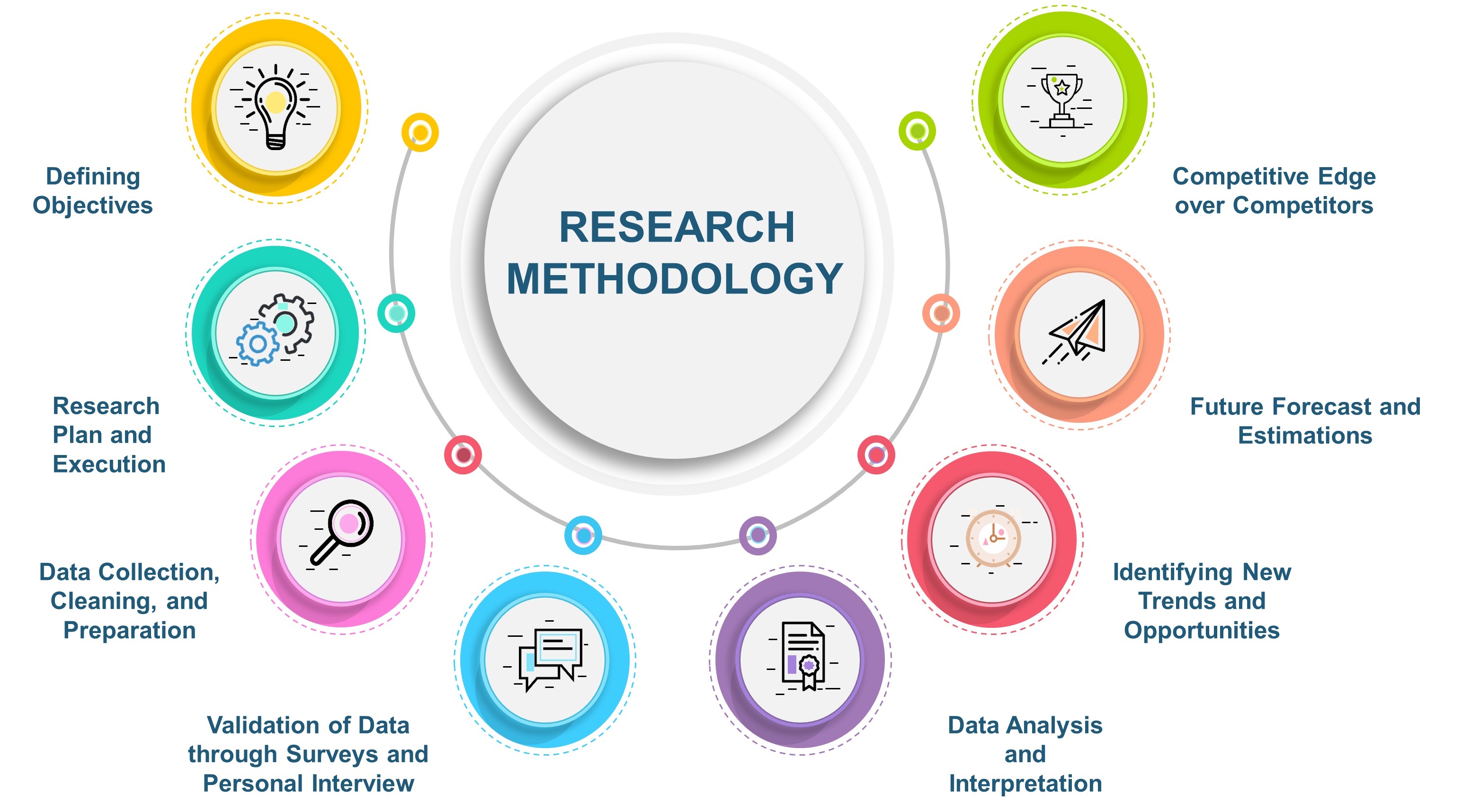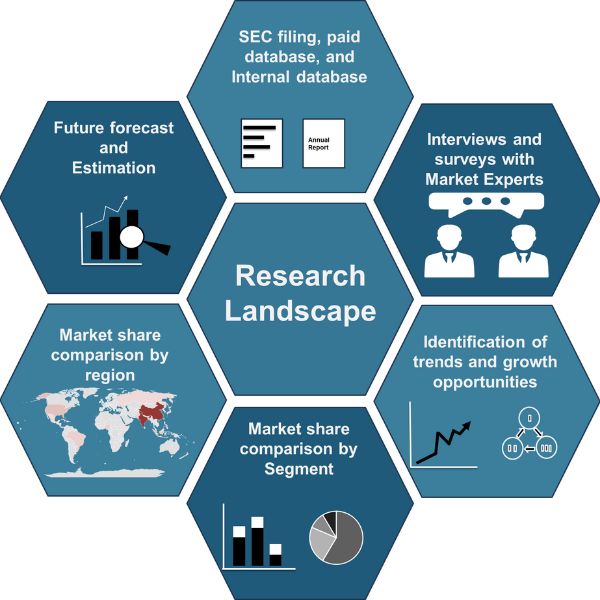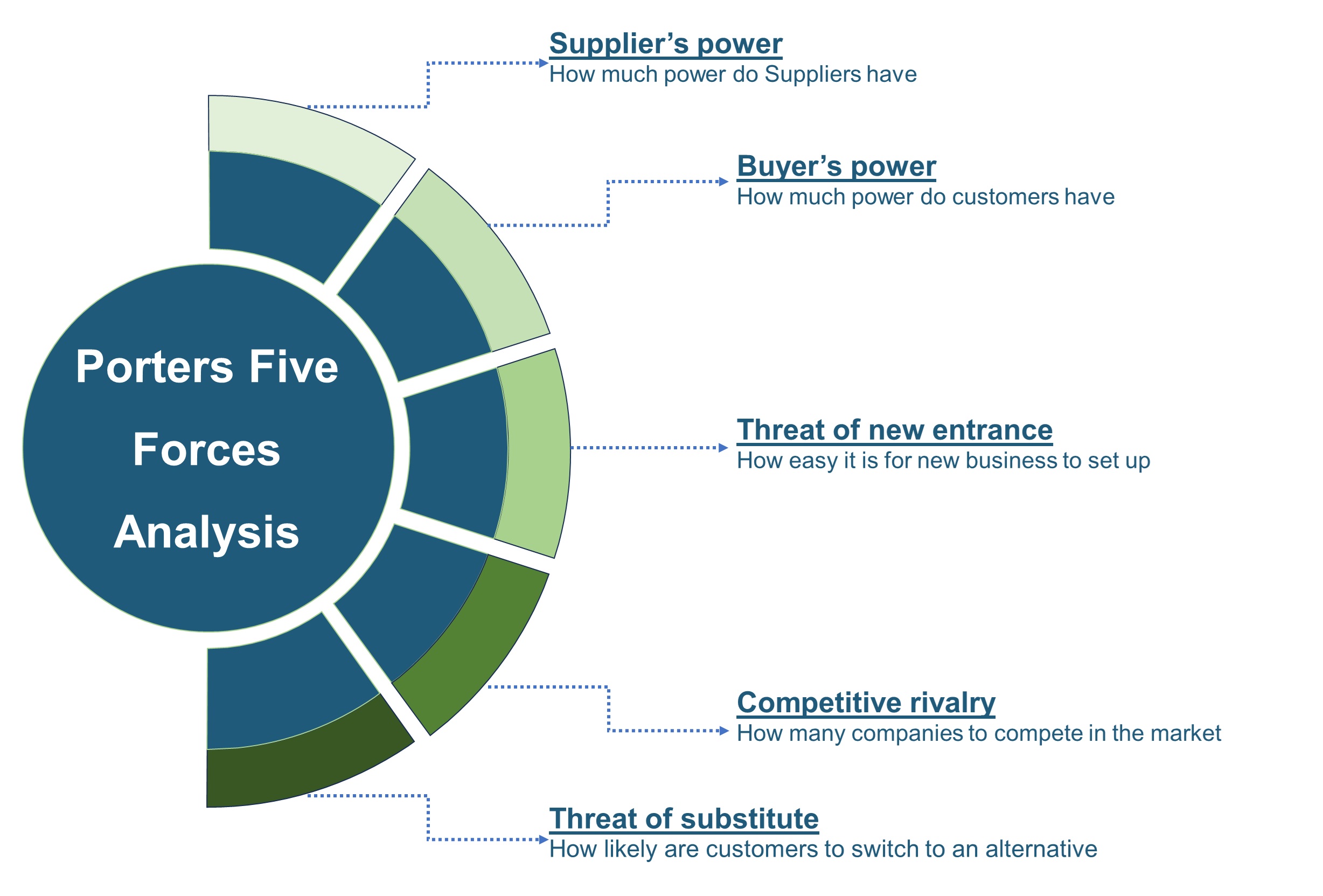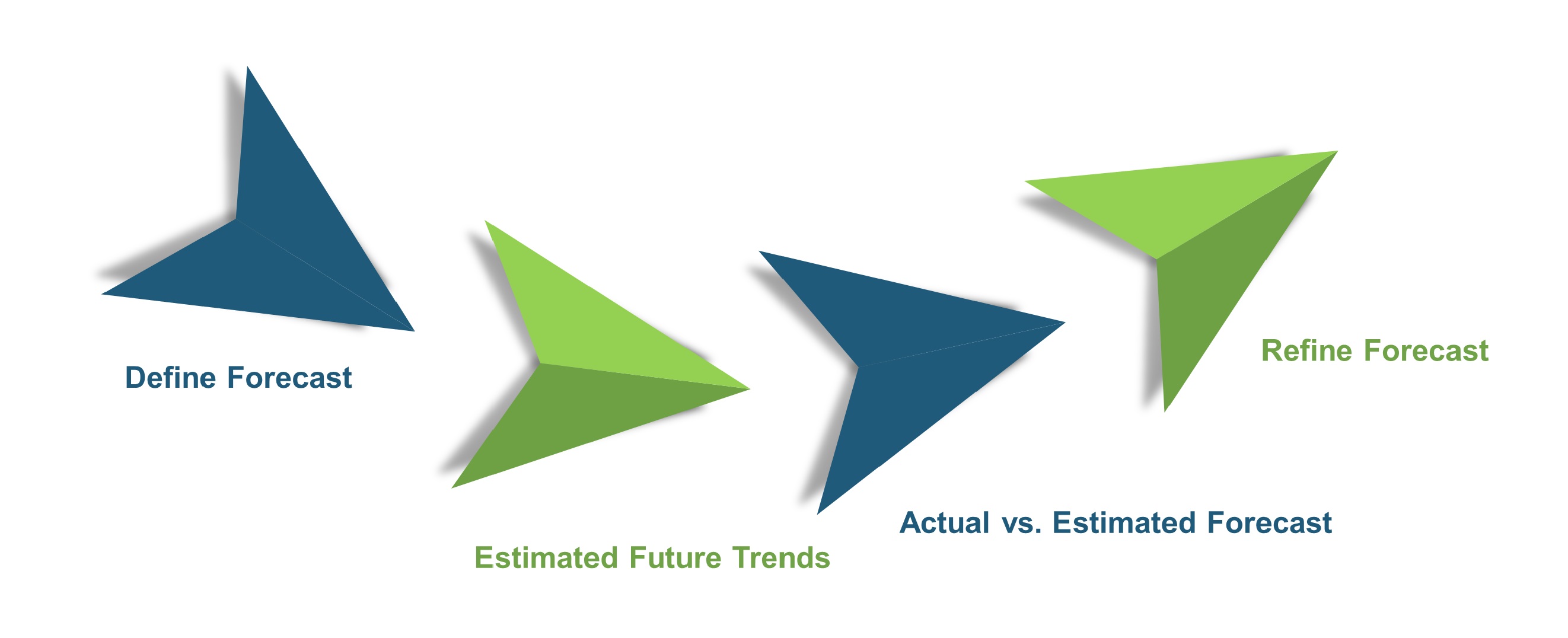
Simulation Platforms Market by Deployment (On-premise, and Cloud-based), by Application (Engineering, Research and Testing, Training and Education, and Medical), by End-User (Automotive, Aerospace and Defence, IT and Telecommunication, and Healthcare) – Global Opportunity Analysis and Industry Forecast 2025-2030
US Tariff Impact on Simulation Platforms Market
Trump Tariffs Are Reshaping Global Business
Simulation Platforms Market Overview
The global Simulation Platforms Market size was valued at USD 19.28 billion in 2024 and is predicted to reach USD 40.63 billion by 2030 with a CAGR of 13.3% from 2025-2030.
The simulation platforms market is driven by rising technological advancements, growing use of digital twins in manufacturing and rising complexity of medical procedures. High cost related with the development, implementation and maintenance of these platforms however are emerging as growth inhibiting factors in the market.
Market leaders including Ansys, Inc., Siemens Digital Industries Software, Dassault Systemes Simulia Corp. are also focusing on innovation and strategic collaborations to lead the market. Apart from that the rise in cloud-based simulations are one of the best future prospects for the market.
Rising Technological Advancements Fuels the Simulation Platforms Market Growth
The rising technological advancements including the integration of artificial intelligence and machine learning is significantly enhancing the capabilities of simulation platforms by making them accurate and efficient thereby driving the growth of the market.
For instance, in April 2024 iGrafx a provider of process intelligence software introduced Process360 Live Process Simulation a cloud-based tool aimed at improving process optimization efforts. This simulation software helps identify and evaluate the impact of different scenarios by enabling organizations to prioritize initiatives with the highest return on investment.
Thus, such advancements in simulation technology are assured to accelerate market growth by empowering businesses to make data driven decisions and maximize their operational efficiency.
Growing Use of Digital Twins in Manufacturing and Healthcare Accelerates the Growth of the Market
The increasing application of digital twins in manufacturing and healthcare for real time monitoring and enhancement is propelling the use of simulation platforms. This integration enhances decision making by lessening downtime and increasing operational efficiency allowing industries to predict problems, optimize workflows and improve performance.
For instance, in March 2022 NVIDIA introduced a new platform named the NVIDIA Omniverse that focuses on enhancing the speed and effectiveness of physics machine learning models for scientific digital twins.
This platform features a 3D simulation tool that enables interactive visualizations and exploration of digital twins by offering real time feedback and enhanced visualization. Such initiatives reflect the increasing significance of simulation software in advancing digital twin technology contributing to market growth.
Rising Complexity of Medical Procedures Drives Demand for Simulation Platforms
The increasing complexity of medical procedures increases the demand for advanced simulation tools for facilitating training, surgical planning and medical research. Integration of these simulation technologies enables providers to elevate patient care, improve clinical outcomes and reduce errors.
For instance, in March 2024, Critical Path Institute's Duchenne Regulatory Science Consortium launched a model based clinical trial simulator designed to improve efficacy studies for potential therapies of Duchenne muscular dystrophy. This pioneering drug development tool is set to positively impact the medical research community by significantly optimizing clinical trial design.
High Cost of Simulation Platforms Hinders the Market’s Growth
High cost related with the development, implementation and maintenance of simulation platforms limit their widespread adoption among small to medium sized enterprises, restraining the market growth.
Rise in Cloud-Based Simulations is Expected to Create Ample Growth Opportunities in the Future
The rise in cloud-based simulations is expected to create ample growth opportunities for the market in the future as it enables organizations to conduct complex solutions without the need for substantial on-premise infrastructure.
For instance, in May 2024 Simr launched its Simulation Operations Automation platform that automates complex engineering simulations. This platform enhances product design and testing by allowing engineers to explore options faster and more cost effectively. These technological advancements are expected to enhance the utilization of simulation platforms driving market growth by increasing efficiency and productivity in the workplace.
Market Segmentations and Scope of the Study
The simulation platforms market report is segmented on the basis of deployment, application, end-user, and region. On the basis of deployment, the market is categorized into on-premise and cloud-based. On the basis of application, the market is divided into engineering, research and testing, training and education, and medical. On the basis of end-user, the market is divided into automotive, aerospace and defence, IT and telecommunication, and healthcare. The regional breakdown includes regions such as North America, Europe, Asia-Pacific, and the Rest of the World (RoW).
Geographical Analysis
North America possesses the largest share of the simulation platforms market and is expected to continue its dominance during the forecast period. This is attributed to the growing automotive sector in the area that fuels the need for simulation software as the industry focus on advanced vehicle design, testing and validation.
The latest report from Our World in Data shows that in 2023 approximately 14.63 million vehicles were sold in the United States a rise from 12.78 million units sold in 2020 indicating a growth of around 14 %. Thus, the increasing use of simulation software in the automotive sector is driving the growth of simulation software in the region.
Additionally, the rising adoption of advanced technologies such as quicker magnetic resonance imaging and positron emission tomography/computed tomography imaging in the healthcare industry is greatly propelling the expansion of simulation platforms in the area. These platforms allow healthcare providers to build intricate and real time models of the human body by promoting more precise diagnoses and tailored treatment strategies.
For instance, in May 2024 GE Healthcare launched AI enhanced oncology solutions that include AIR Recon DL for faster MRI imaging, OncoVision for automated lesion detection in PET/CT images and a precision therapy platform for optimized radiation treatment planning. Thus, growing adoption of such technologies by healthcare providers increases the demand for simulation software in this region boosting the expansion of the market.
On the other hand, Asia Pacific is expected to show a steady rise in the simulation platforms market demand share owing to increasing government initiatives that promotes advanced simulation technologies in healthcare sector.
For example, Government of India (GoI) in April 2023, launched India's first simulation learning platform called “Digital Shiksha” for Advanced Clinical Capacity Building (DiShA). This platform is intended to build a case-based simulation learning platform for critical care in public health and aims to skill over 1 lakh rural doctors, nurses and technicians through a hub and spoke model.
Also, the rapid technological advancements including the integration of artificial intelligence in simulation platforms by key manufacturers such as Ruder Finn Asia, and MORAI Inc. further propels the growth of the market in this region.
For example, in June 2024 Ruder Finn Asia launched SONAR 5.5 an AI powered crisis simulation platform designed to enhance resilience against potential crises and disruptions such as emergencies and strategic challenges. This upgraded version aims to offer organizations a more effective tool for crisis management thereby driving the growth of the market in this region.
Competitive Landscape
Various key players in the simulation industry includes Ansys, Inc., Siemens Digital Industries Software, Dassault Systemes Simulia Corp., Altair Engineering Inc., MSC Software Corporation, Autodesk, Inc., PTC Inc., Design Simulation Technologies, Inc., Cybernet Systems Corporation, Simr, Bentley Systems, Incorporated, The MathWorks, Inc., CPFD Software, Synopsys, Inc., Simio, and others. These companies are opting strategies including product launches to maintain their dominance in the global market.
For instance, in May 2024 Siemens Digital Industries Software launched Simcenter X, a new software-as-a-service solution that integrates the features of Simcenter a suite of software solutions developed by Siemens. This platform provides engineers with a cloud based virtual engineering desktop for modeling and post processing supported by a scalable high performance computing system.
Also, in January 2024 Ansys launched Simai, a generative artificial intelligence platform intended to accelerate the development of artificial intelligence models for simulation and analysis. This platform aims to significantly improve the speed of generative artificial intelligence by enabling users to create more accurate and reliable artificial intelligence models for various applications.
Furthermore, in January 2023 Altair launched Simulation 2022.2 a notable upgrade to its simulation suite by emphasizing cloud elasticity, scalability, electrification and product’s development decision making. This update introduces heightened cloud accessibility, advanced modelling tools for electrification, streamlined workflows for product development and improved solver enhancements as its key features.
Key Benefits
-
The report provides quantitative analysis and estimations of the simulation platforms market from 2025 to 2030, which assists in identifying the prevailing market opportunities.
-
The study comprises a deep-dive analysis of the current and future simulation platforms market trends to depict prevalent investment pockets in the market.
-
Information related to key drivers, restraints, and opportunities and their impact on the simulation platforms market is provided in the report.
-
Competitive analysis of the players, along with their market share is provided in the report.
-
SWOT analysis and Porters Five Forces model is elaborated in the study.
-
Value chain analysis in the market study provides a clear picture of roles of stakeholders.
Simulation Platforms Market Key Segments
By Deployment
-
On-premise
-
Cloud-based
By Application
-
Engineering
-
Research and Testing
-
Training and Education
-
Medical
By End-User
-
Automotive
-
Aerospace and Defence
-
IT and Telecommunication
-
Healthcare
By Region
-
North America
-
The U.S.
-
Canada
-
Mexico
-
-
Europe
-
The UK
-
Germany
-
France
-
Italy
-
Spain
-
Denmark
-
Netherlands
-
Finland
-
Sweden
-
Norway
-
Russia
-
Rest of Europe
-
-
Asia-Pacific
-
China
-
Japan
-
India
-
South Korea
-
Australia
-
Indonesia
-
Singapore
-
Taiwan
-
Thailand
-
Rest of Asia-Pacific
-
-
RoW
-
Latin America
-
Middle East
-
Africa
-
Key Players
-
Ansys, Inc.
-
Siemens Digital Industries Software
-
Dassault Systemes Simulia Corp.
-
Altair Engineering Inc.
-
MSC Software Corporation
-
Autodesk, Inc.
-
PTC Inc.
-
Design Simulation Technologies, Inc.
-
Cybernet Systems Corporation
-
Simr
-
Bentley Systems, Incorporated
-
The MathWorks, Inc.
-
CPFD Software
-
Synopsys, Inc.
-
Simio
REPORT SCOPE AND SEGMENTATION:
|
Parameters |
Details |
|
Market Size in 2024 |
USD 19.28 Billion |
|
Revenue Forecast in 2030 |
USD 40.63 Billion |
|
Growth Rate |
CAGR of 13.3% from 2025 to 2030 |
|
Analysis Period |
2024–2030 |
|
Base Year Considered |
2024 |
|
Forecast Period |
2025–2030 |
|
Market Size Estimation |
Billion (USD) |
|
Growth Factors |
|
|
Countries Covered |
28 |
|
Companies Profiled |
15 |
|
Market Share |
Available for 10 companies |
|
Customization Scope |
Free customization (equivalent to up to 80 working hours of analysts) after purchase. Addition or alteration to country, regional, and segment scope. |
|
Pricing and Purchase Options |
Avail customized purchase options to meet your exact research needs. |

















 Speak to Our Analyst
Speak to Our Analyst




















